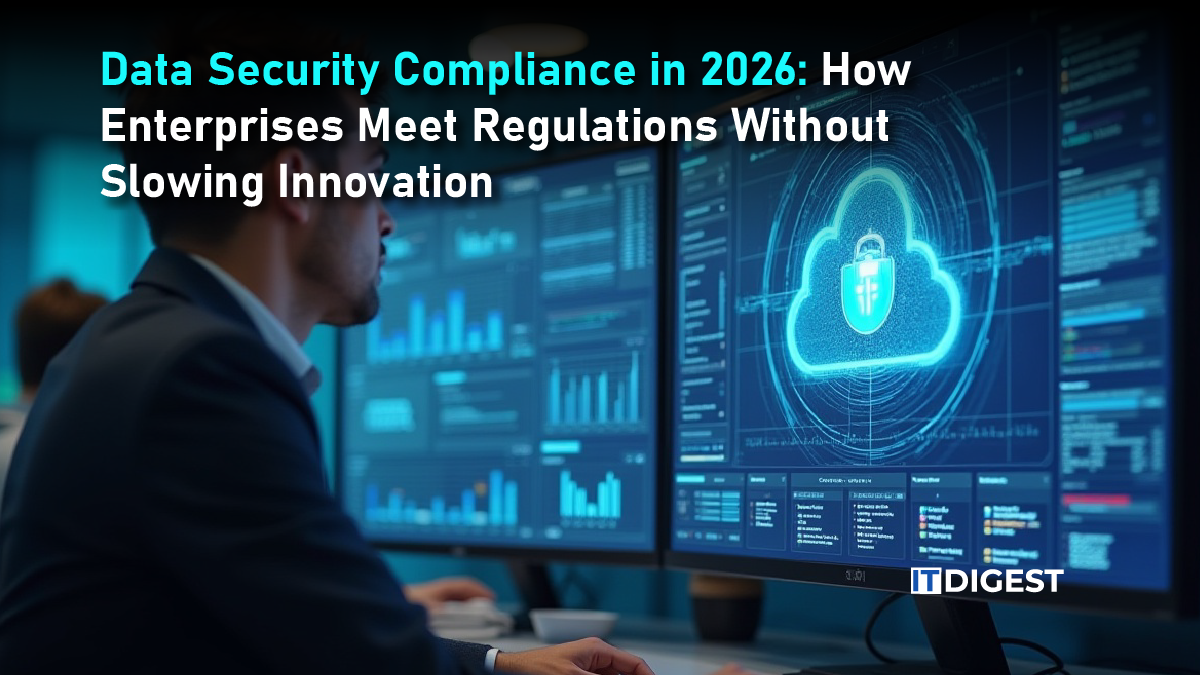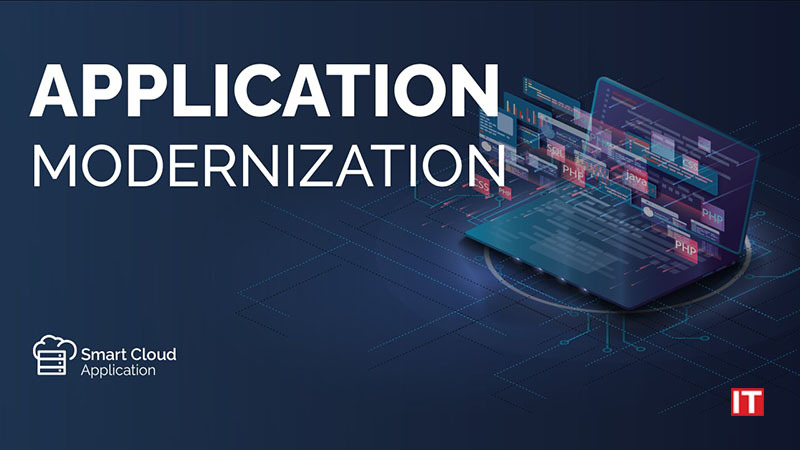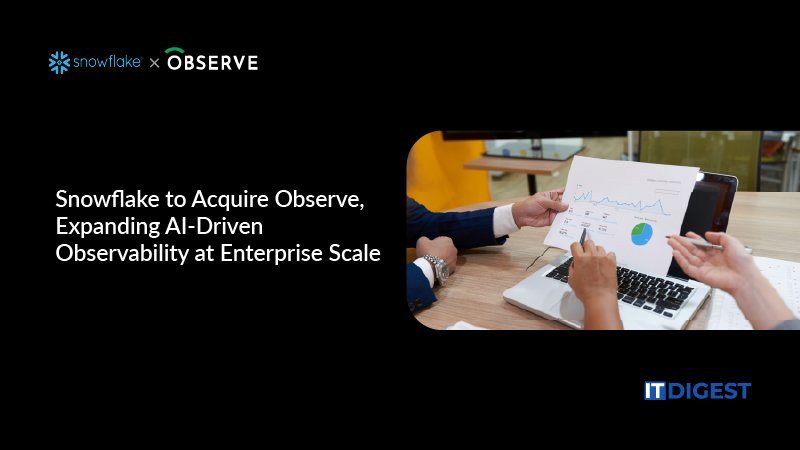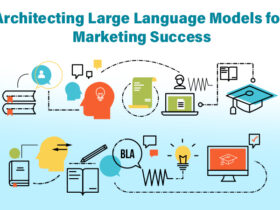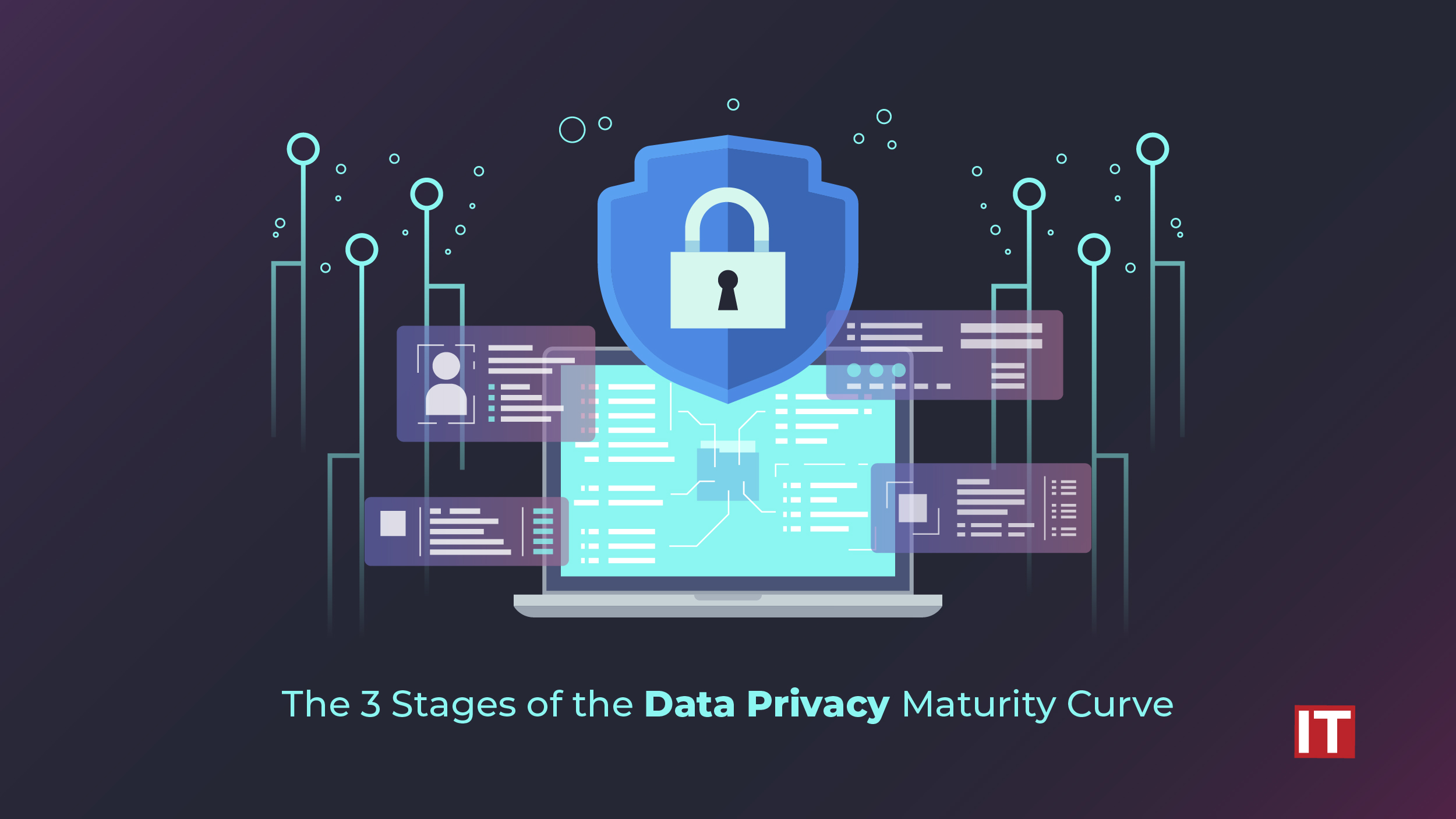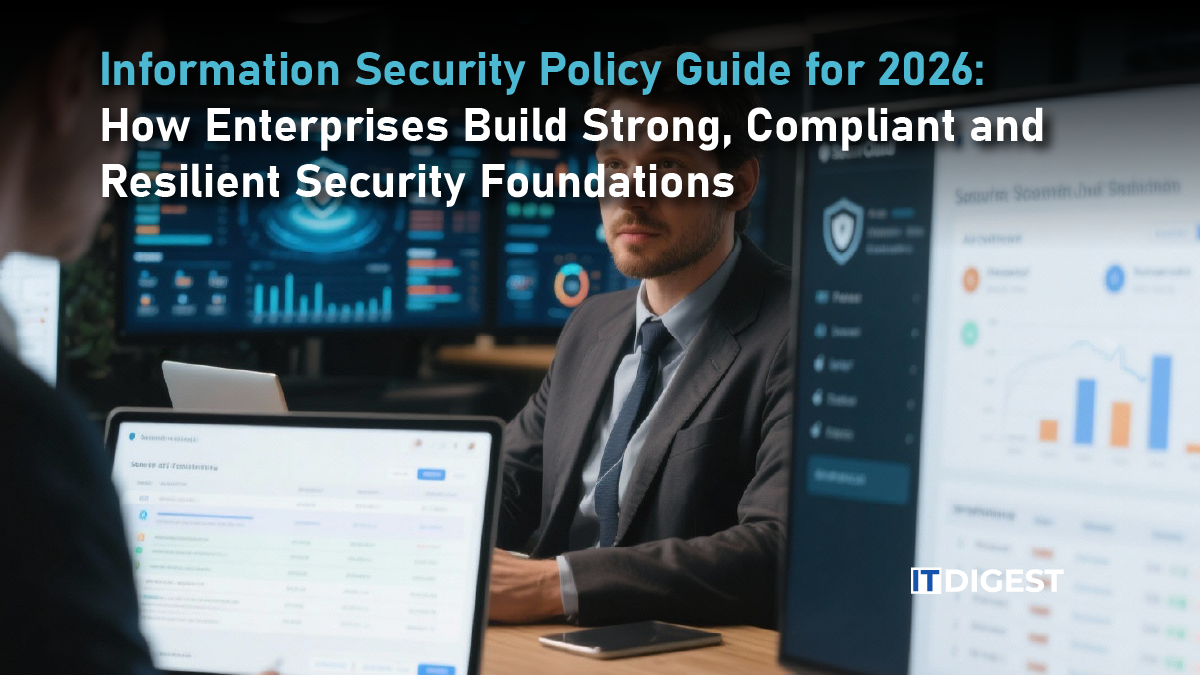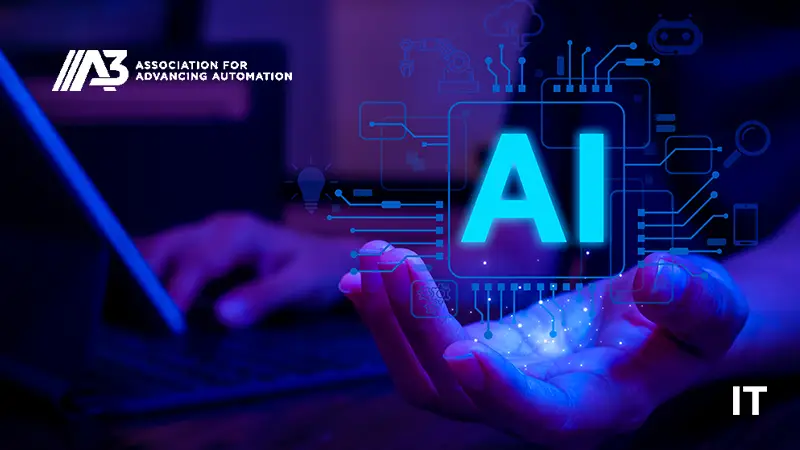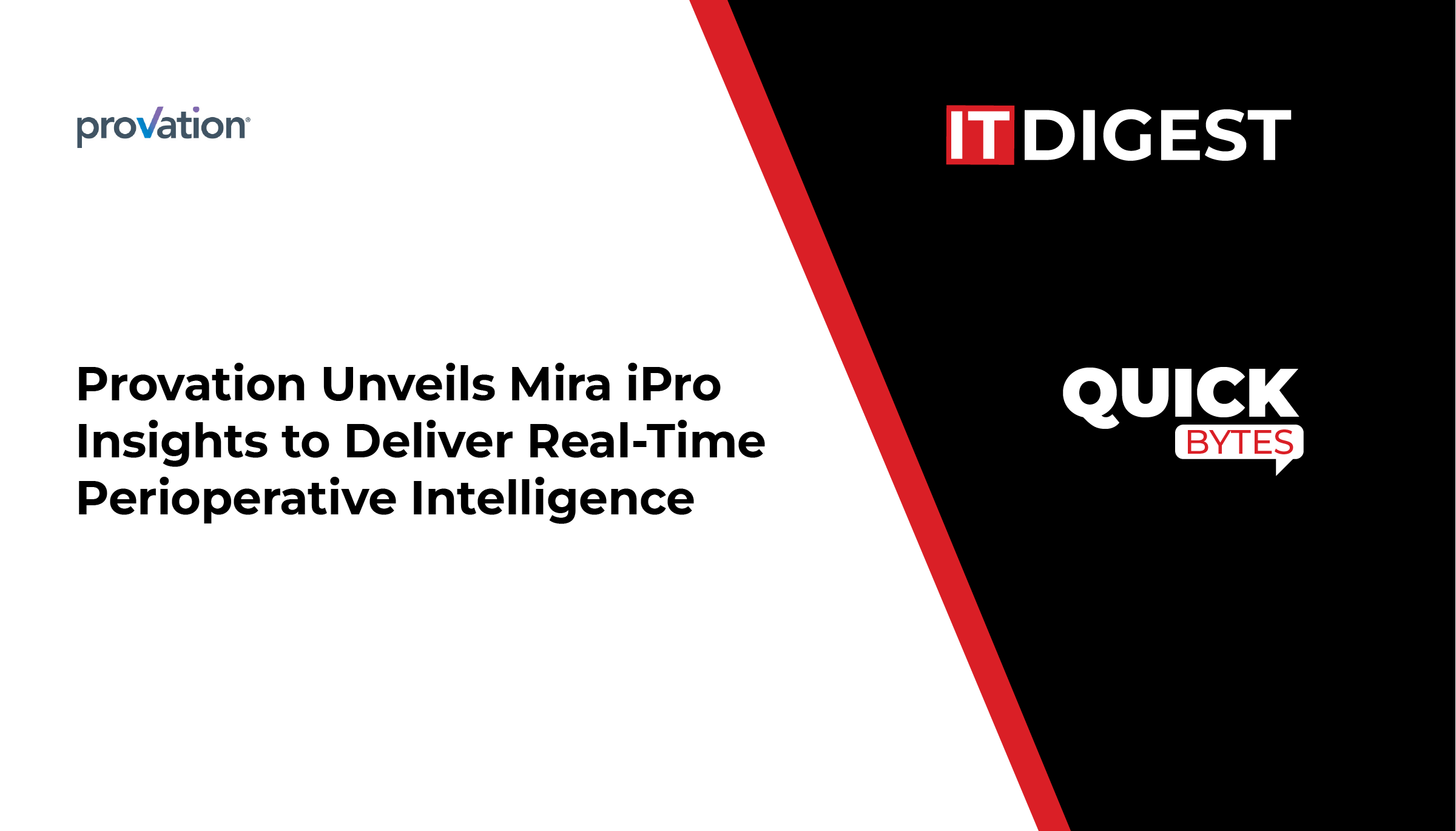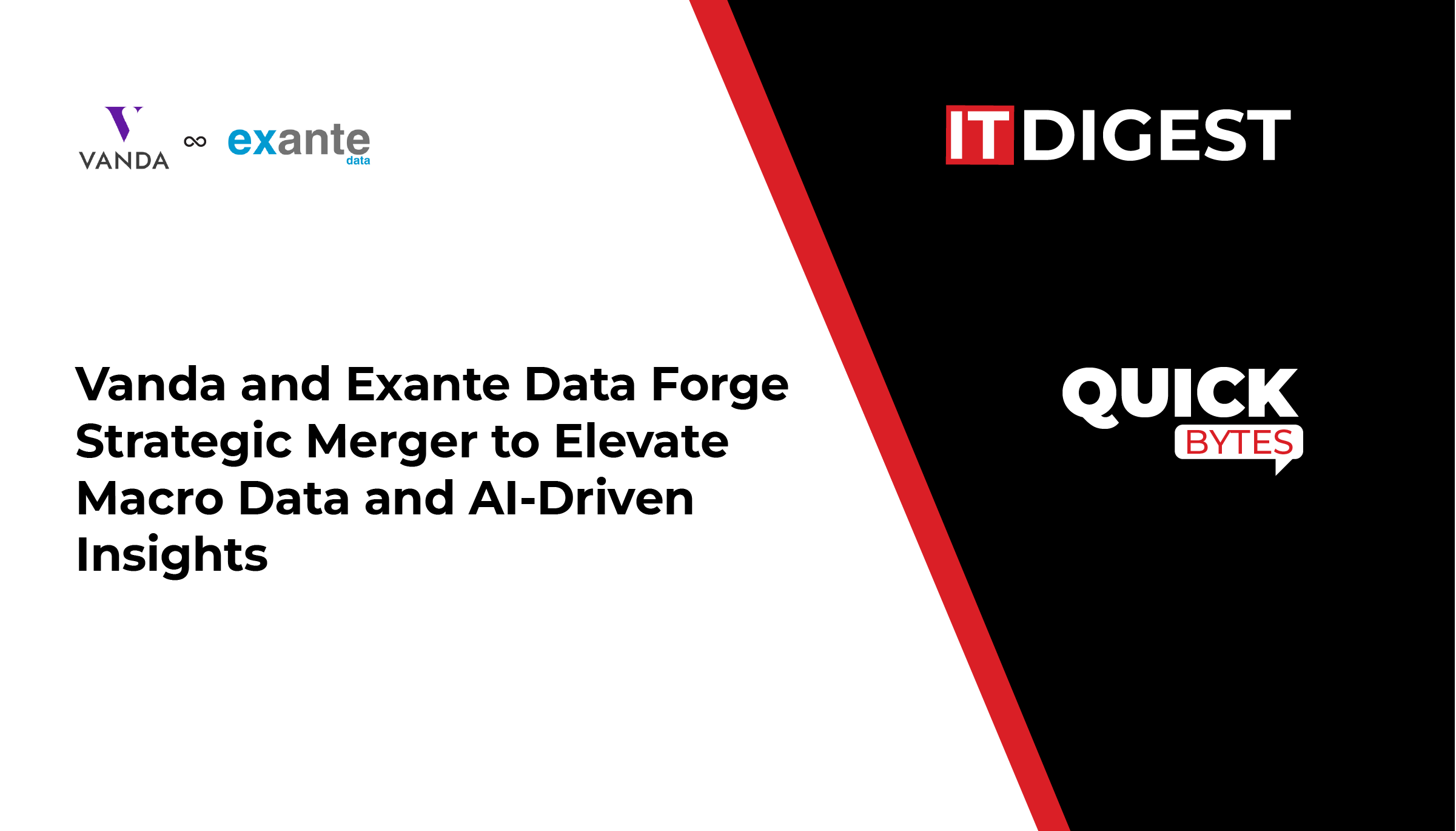AI is changing industries worldwide. Many are using AI to gain insights and improve services. But who controls the data and systems powering these advanced tools? This led to Sovereign AI, a concept that means training and deploying AI within borders. The trend is backed by firms and governments realizing that compliance, privacy, and security means taking back control of their digital assets.
What is Sovereign AI?
Sovereign AI means building and running AI within a country, region, or organization’s own infrastructure. AI systems, models, and sensitive data used to train them are kept and managed within a trusted local environment. Sovereign AI is about having full command over where data lives, who can access it, and controlling AI outcomes. It is used by sectors with strict regulatory needs, such as healthcare, finance, defense, and government bodies.
Key features of Sovereign AI include:
Data Residency: Keeping data within specified borders.
Local Training: Developing AI models on site using local datasets.
Regulatory Compliance: Aligning operations with regional laws & standards.
Operational Control: Managing AI systems with local teams.
Why Train AI Locally?
Several factors encourage organizations to train and deploy AI in local or regional environments. Data needs to stay in designated areas and be processed according to local laws, per regulatory requirements like GDPR and AI Act. By keeping data out of prying eyes and foreign monitoring, local AI management improves security and privacy. This creates transparency and trust so companies can keep transparent audit trails and highest standards of AI systems. Local AI infrastructure provides flexibility and customization so companies can use data that can’t be shared or stored outside of their organisation to customise models. And building internal AI skills reduces reliance on international cloud providers who could be subject to foreign policy changes or availability issues.
How Organizations Are Building Sovereign AI
Organizations are creating sovereign AI through several approaches:
On-premise AI
- Installing AI platforms & servers in company-owned data centers or facilities.
- Only authorized personnel will manage hardware, software, and data.
- Used in banking, healthcare, and defense due to strict requirements for privacy and security.
Regional AI Hubs
- Governments and industry alliances set up regional data centers supporting collective AI projects.
- These hubs help smaller enterprises access compliant AI without massive investments in infrastructure.
- Often focus on job creation, innovation, and alignment with local energy and sustainability policies.
Hybrid and Multi-cloud Models
- Combining local (on-premise or regional) AI for critical workloads with public cloud resources for less sensitive tasks.
- Workloads are dynamically shifted based on operational, security, and compliance needs.
Also Read: Edge AI: Transforming Real-Time Data Processing Across Enterprise IT Ecosystems
Investing in Sovereign AI Infrastructure
Investment in sovereign AI infrastructure is growing fast as companies realize they need control over data and AI systems. Market trends indicate that between 2022 and 2026, enterprise spending on AI systems would increase by 27% annually. In 2024, gen AI investment was over US$ 20 billion, including on-premises and cloud infrastructure. By 2028, 75% of enterprise AI workloads will be in hybrid environments for specific business needs, using both local and cloud resources.
A big chunk of this investment is going to sovereign AI. Governments and private sectors are prioritizing data sovereignty and compliance. For instance, Europe is investing billions of euros in national AI data centers. Countries in Asia Pacific are launching sovereign AI initiatives to build AI locally. Analysts estimate that sovereign AI infrastructure could be up to 30% of total AI infrastructure budgets by 2027, attributed to increasing regulation and geopolitical concerns.
The main reasons behind these investments are innovations and digital services, operational efficiency through intelligent automation, and market & regulatory demands for data sovereignty. Companies will be expected to justify these spend by showing clear ROI metrics like value creation, risk reduction, compliance and alignment with business goals. This growing investment is how sovereign AI infrastructure helps companies and governments stay competitive while meeting strict compliance requirements.
Compliance Challenges With Sovereign AI
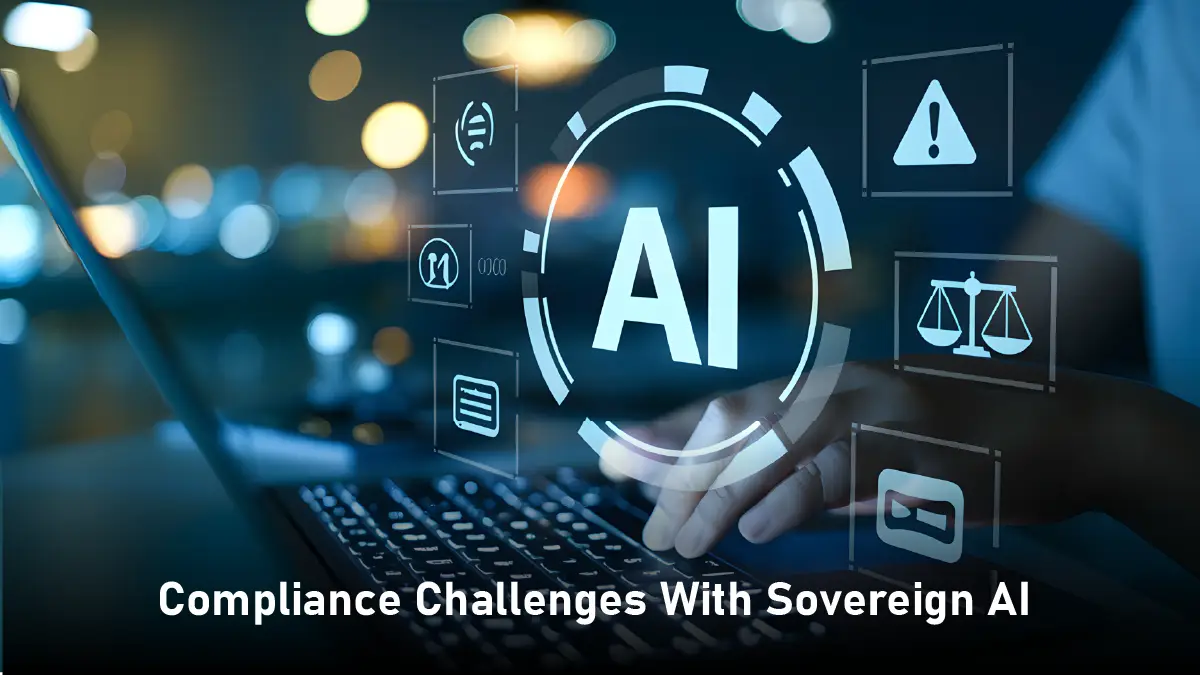 Compliance is a big challenge for any company dealing with AI across borders. Every region has different regulations that create a complex landscape.
Compliance is a big challenge for any company dealing with AI across borders. Every region has different regulations that create a complex landscape.
- The EU AI Act classifies AI applications by risk level and requires rigorous impact assessments for high-risk models.
- S. state laws often focus on transparency, thorough documentation, and granting consumers rights to appeal AI-driven decisions.
- Brazil and other countries emphasize transparency in AI use and restrict certain applications outright.
These diverse and conflicting rules increase operational complexity and raises compliance costs. To effectively address these challenges, organizations should follow several best practices.
Risk Assessment: Document risks of discrimination, data integrity, local law adherence before deployment.
Documentation & Reporting: Keep records of model purpose, data sources, known risks, mitigation strategies.
Human Oversight: Allow for human review and intervention for decisions that impact rights or have local impact.
Transparency: Inform users when AI is making decisions for them and provide explanations.
Privacy and Data Handling: Minimize, localize and retain data as required; use high security for sensitive information.
Global companies have to juggle many conflicting requirements and regulations in progress. However, this aids in maintaining compliance and trust across regions.
Case Studies
Government Initiatives
- European Union: Its digital sovereignty policies encourage states to set up national and regional AI clouds, keeping sensitive data within EU borders.
- France and Germany: They have invested in sovereign AI platforms and public AI hubs to support hospitals, financial institutions, and public administration.
Healthcare Providers
Many hospitals now train diagnostic AI models on their servers to comply with regulations like HIPAA and GDPR. This allows them to protect patient privacy and control sensitive medical records.
Banking and Finance
Banks deploy fraud detection and risk management AI systems within their networks. This ensures security and compliance with financial secrecy regulations.
Regional Consortia
In Asia and the Middle East, industry groups have launched regional AI centers that pool resources, allowing members to train and deploy AI while ensuring data sovereignty.
Future of Sovereign AI
Regulations are becoming stricter and cyber threats are getting bigger, giving the momentum for sovereign AI. Watch out for this:
- Many companies will have a mix of on-premise and cloud infrastructure.
- Industry groups and regulators will work toward common rules on AI explainability and compliance monitoring.
- Countries will invest in talent, hardware, and software to encourage local innovation and reduce dependency.
- Expect more transparency and user empowerment in AI-driven decisions.
In Conclusion
Sovereign AI is changing how businesses, governments, and institutions approach technology, compliance, and trust. By investing in local and regional AI environments, companies can secure sensitive data, comply with changing laws, and control digital assets. As the rules of the game change, those who act early to develop sovereign AI capabilities will innovate with confidence and meet society’s highest standards.


